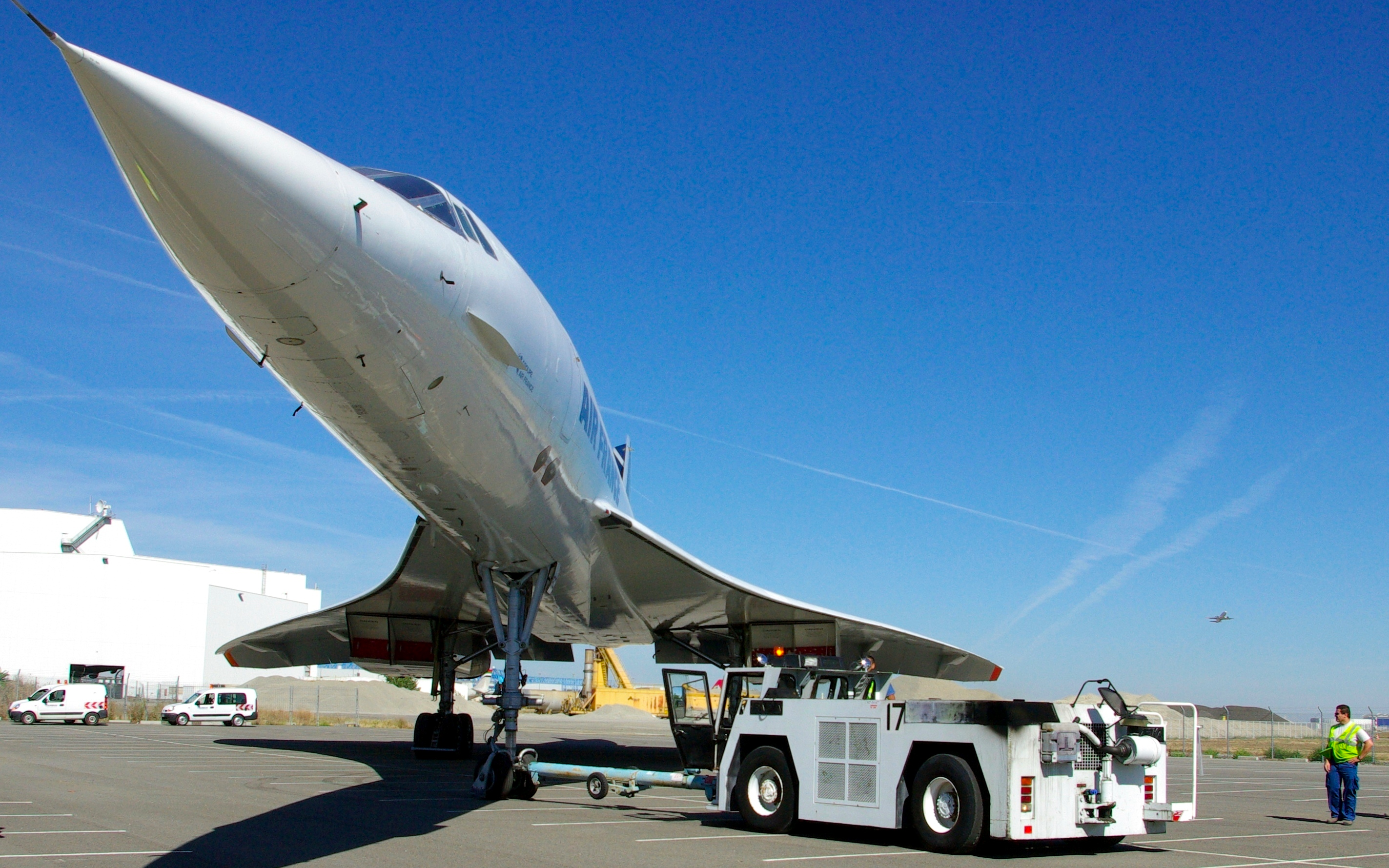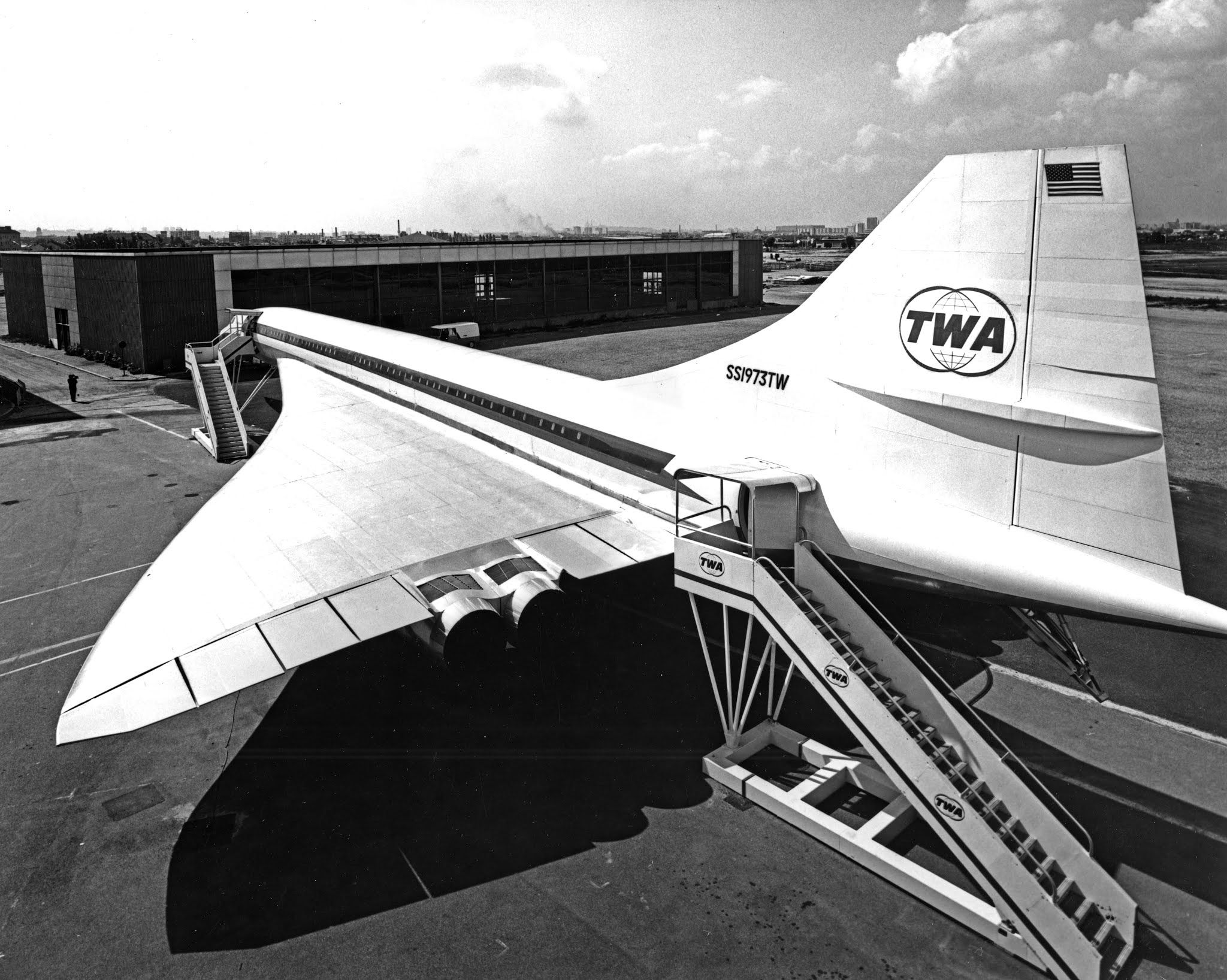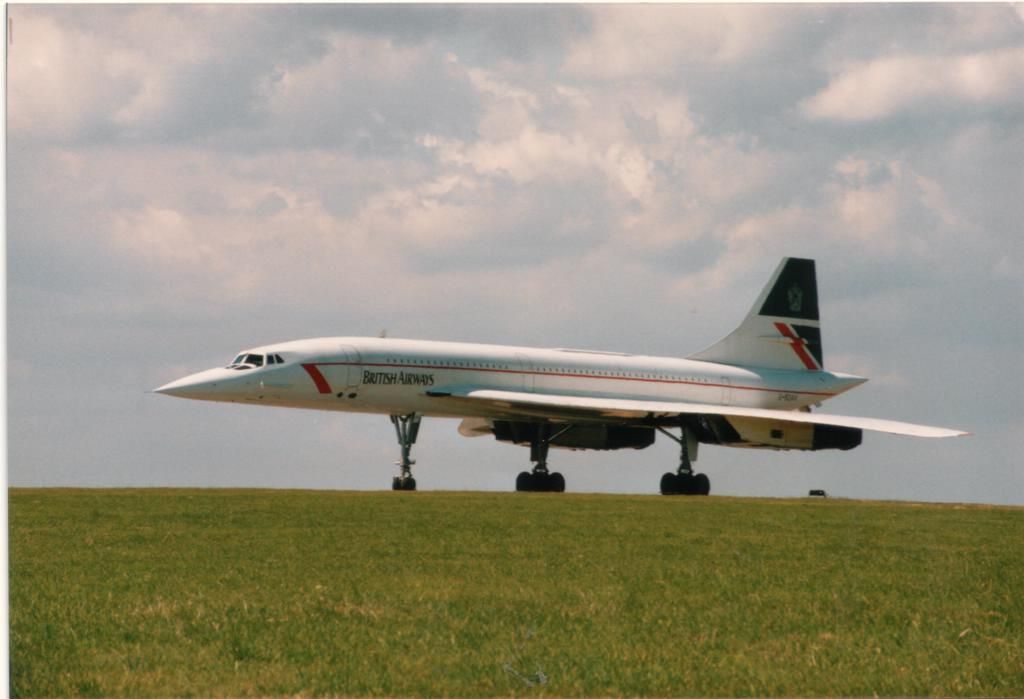Summary
- Pan Am and TWA both initially placed orders for the Concorde, believing supersonic travel was the future of flight.
- Concerns about profitability and high costs led to both airlines canceling their orders and investing in the more profitable Boeing 747.
- Environmental issues and doubts about the viability of supersonic travel also contributed to the canceled orders from other airlines.
In 1973, the joint British-French Concorde supersonic airliner program suffered a severe setback when both Pan American World Airways (Pan Am) and Trans World Airlines (TWA) canceled their orders for the world's fastest airliner. With that in mind, we thought we would look back and see why the St. Louis-based airline decided not to purchase the delta-winged plane.
Just like the jet engine revolutionized commercial aviation in the early 1960s with the Comet, Pan Am believed that supersonic travel was the future of flight. Looking to get in early, the New York City-headquartered airline placed an order for four options in June 1963 and a further two the following year. By doing this, Pan Am, the British Overseas Aircraft Corporation (BOAC), and Air France would become the first airlines to receive the supersonic plane.
TWA did not want to be left behind
With three of its transatlantic rival carriers now waiting on Concord orders, TWA followed suit on October 16th, 1963, with options for four aircraft. Several months later, on March 30th, 1964, the airline optioned two more aircraft from BAC, bringing the total order to six supersonic jets for a total down payment estimated to be around one million dollars.
Stay informed: Sign up for our daily aviation news digest.
There was much excitement about the order on both sides of the Atlantic. A special sterling silver Concorde miniature was presented to TWA by French President Charles DeGaulle to commemorate the purchase agreement, which now resides at the TWA Museum. A full-scale Concorde markup was also constructed, and the company welcomed TWA personnel to LeBourget Airport in Paris in 1967 to view it displayed in TWA livery.
By October 1970, there were already concerns about the profitability of the aircraft on its intended routes. Forwood C. Wiser Jr., president of Trans World Airlines, suggested the Concorde would lose money unless the traveling public were willing to pay 30 to 40% more than the industry standard for first‐class fares across the Atlantic.
The end is in sight.
Between 1965 and 1973, both TWA and Pan Am invested heavily in the Boeing 747 and saw large widebody aircraft being more profitable than the expensive Concorde. After six months of negotiations, Pan Am canceled its order for the Anglo-French plane, citing that the 1,400‐mile‐an‐hour Concorde did not meet "future requirements as the company now sees them." The airline did say at the time that it would maintain an open door to the manufacturers should they have any new proposals they wished to make.
Within hours, Trans World Airlines released a statement that management would recommend that the directors let TWA's six options expire. Company president Wiser commended the technical achievements of the Concorde program but confirmed the airline's current priority was improving and expanding its subsonic fleet. TWA similarly left the option for future discussions open in the event of "significant improvements in the viability of the airplane."
What went wrong?
In 1973, the world was in the grip of the Middle East oil crisis, prompting airlines' concerns about Concord's viability. The Concorde burned three times as much fuel as a Boeing 747 while carrying significantly fewer passengers. Its manufacturers argued that a Concorde flight could break even if only 37 seats in an all‐first‐class cabin of 108 seats were filled. However, TWA never got the opportunity to test this theory.
The price of the actual airframe had also soared dramatically, originally estimated to cost $20 million per plane. By the time the order was canceled, that price had doubled to $46 million, including spare parts. Insiders at the time estimated escalation clauses would bring the price to $60 million by the time the planes were delivered to purchasers.
Environmental issues also played a contributing role. Campaigners pushed to have the Concorde banned from American airports because of concerns about noise, sonic booms and fears the engine exhaust would dangerously alter the atmosphere. Add to this the crash of Russia's supersonic transport (SST), the Tupolev Tu-144, at the Paris Air Show that year, and the idea of supersonic travel was starting to have its doubters. Canceled orders came flooding in from airlines that no longer saw supersonic travel as moneymakers. It came down to France and the United Kingdom to buy the plane.
British Airways and Air France flew the Concorde.
In the end, BOAC, now British Airways and Air France, were the only two airlines to fly the Concorde, taking delivery of six aircraft each. The two national airlines operated the Concorde until it was finally retired in October 2003, following the fatal crash of Air France flight number AF-4590 three years earlier in Paris.
The remaining carriers worldwide also canceled their orders for various reasons. Iran Air signed a contract for two Concordes with an option for a third in October 1972. Iran reportedly made the order as a diplomatic move to close ties with France and later sent several of its pilots to France to learn how to fly the Concorde. By 1980, the country had seen a change of power, with the new administration viewing the jets as a luxury. This fact, combined with the rising cost of oil, saw the air airline cancel its Concorde order. Iran Air would later go on to charter Air France Concordes for several Paris to Teran flights and a trip from Paris to Kish Island.
Love aviation history? Discover more of our stories here.
Other significant carriers that expressed interest but never received their aircraft included United Airlines, the Civil Aviation Administration of China, Eastern Airlines, Japan Airlines, Lufthansa, and Middle East Airlines. Australian carrier Qantas also optioned four aircraft on its famous Kangaroo Route from Sydney to London. The supersonic routing would have taken only 13 and a half hours, with refueling stops in Darwin, Singapore, Calcutta, Karachi, and Cairo. The airline never exercised its options and focused on the Boeing 747 instead.
In the months following Pan Am and TWA letting their orders expire, all other US-based airlines canceled their options. This included Continental, American Airlines, and Braniff. TWA also placed options for twelve Boeing 2707 supersonic competitors. However, that aircraft never came to fruition, and the airline ceased to exist around the same time as the Concorde ended flights. The final TWA flight happened on December 1st, 2001 when an MD-83 flew from St. Louis to Las Vegas.
Do you think TWA made the right decision, or could it have competed with BA and Air France? Please let us know your thoughts in the comments.
Source: New York Times




